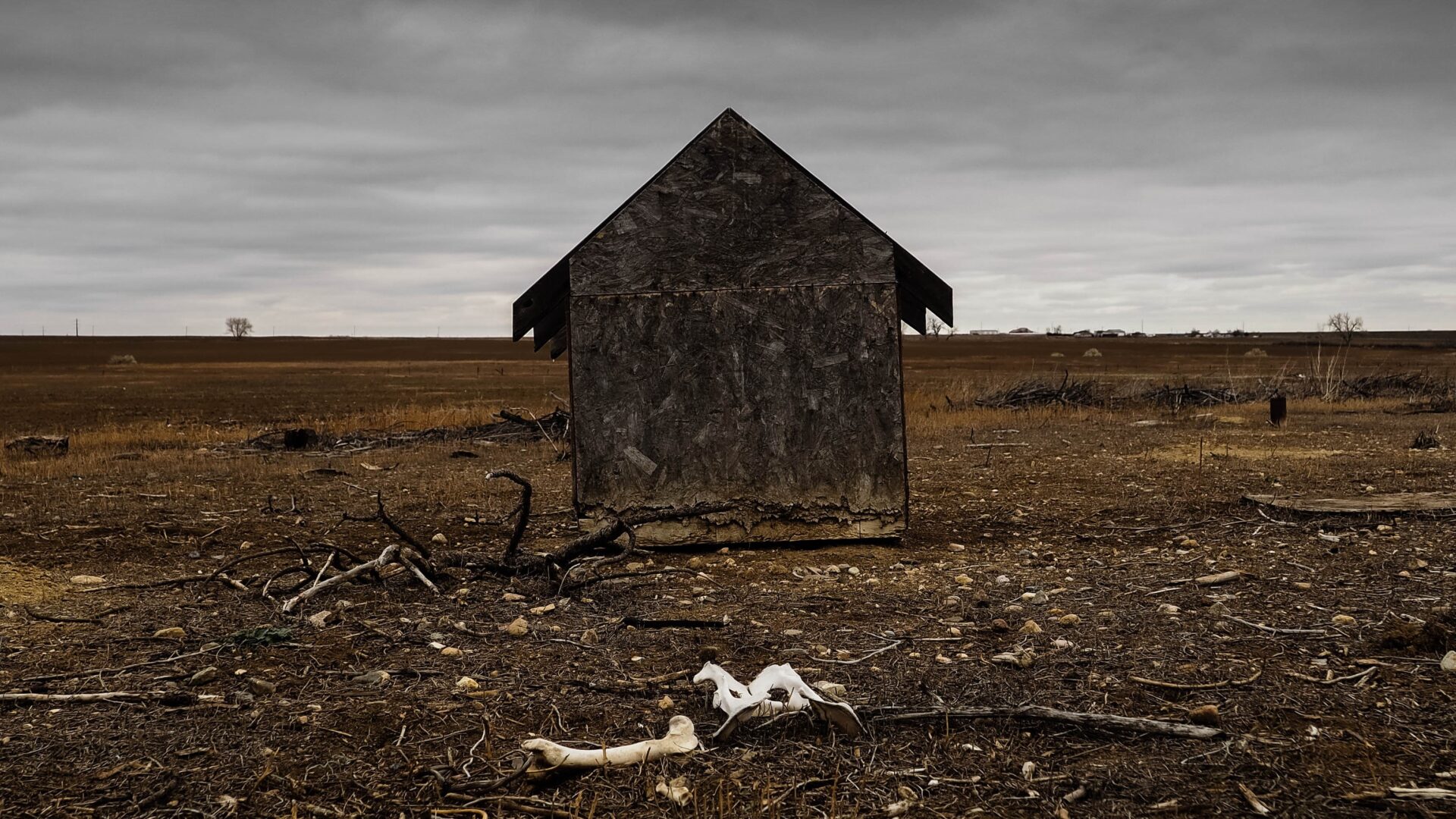In Claire Wahmanholm’s poetry chapbook “Night Vision” (New Michigan Press, 2017), the world is transformed and brought to its most primal state after some catastrophic events that readers may never be quite sure of. The chapbook includes 30 poems—21 prose poems and nine erasure poems. (Erasure poetry is a form where an entire page of found text will be erased until only a few words remain. These leftover words form a poem.)
All nine erasure poems in “Night Vision” come from the wildly popular “Cosmos” by Carl Sagan, setting a reader expectation of wonder at the universe.
Loss an destruction are detailed instead, through Wahmanholm’s gripping yet elusive prose. Wahmanholm tells a story of an unnamed protagonist and their cohort surviving an apocalypse of some sort, featuring a violet sky and a world where animals are dying. Poem “Jellyfish” describes the creature drifting to shore and being admired for its immortality and translucent body. “Beasts” speaks of some unknown pack of monsters surrounding the protagonist’s group, the “sulfur of their fur thick on my tongue, their musk thick in the roots of my hair.” Finally, the revealing poem “The Last Animals” explains that in this world, there are not many creatures left, and humans no longer experience thunderstorms, tides, or acorns.
The story is not simply about creatures and their disappearances, but about the gruesome experiences of surviving in this apocalypse. For example, “Fuse” is about the group waking up to find out that everyone has bombs in their stomach that might explode at any second, and “The Carrion Flower” is a poem about finding a body bag in the woods and watching it rot. The prose is slightly psychedelic and strange which can make the whole narrative a little hard to follow. If you’re willing to pour through the poems to solve the puzzle, it is guaranteed to be exciting and rewarding.
I was most intrigued when I realized that four of the twenty-one prose poems have the same name: “Relaxation Tape.” The poems are based on a giant voice or projection on a tape which sounds a lot like a guided meditation. But as the poems flow, the voice is said to be coming from “the loudspeaker sky.” Either this is a fact of life for characters in this universe, or the characters are slowly becoming less attached to reality, making them unreliable narrators. The whole chapbook only gets more interesting as you read on.
The erasure poems are simply beautiful and helped break up the thick pages of text with long spaces in between. My favorite, “The Ocean Calls,” includes the line, “We are precious tendrils of light. We may be a sun to someone. Why should we be utterly lost.”
“Night Vision” is challenging and carries a lot of poetic weight in both the dense prose or in the sparse erasures. Claire Wahmanholm’s chapbook is incredibly gripping, filled with small details that add much to the style and the narrative. As I reached the end, I decided that one read was not enough, and read through twice more just to begin to create my own conclusions and fill in the gaps. “Night Vision” does something truly powerful: it begins in Wahmanholm’s imagination and ends in mine.
 Shane Hoyle, Staff Writer.
Shane Hoyle, Staff Writer.


0 comments on “Erasure and Apocalypse in Claire Wahmanholm’s “Night Vision””